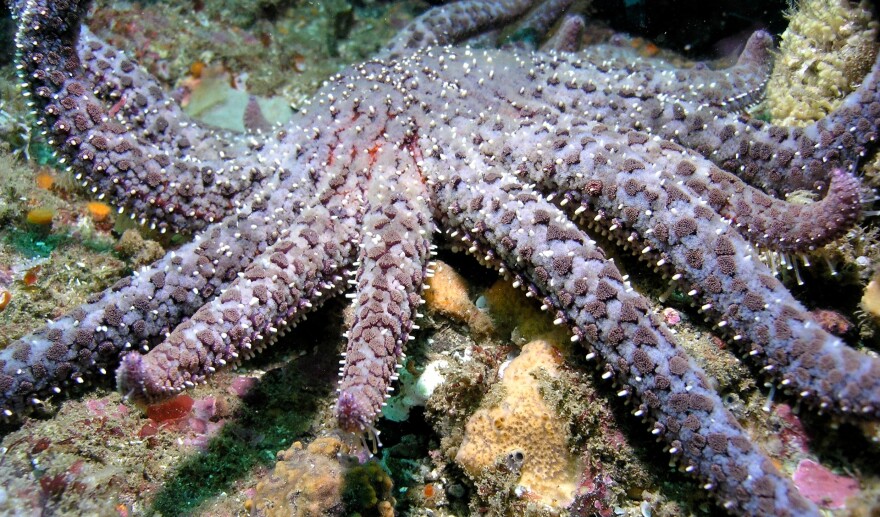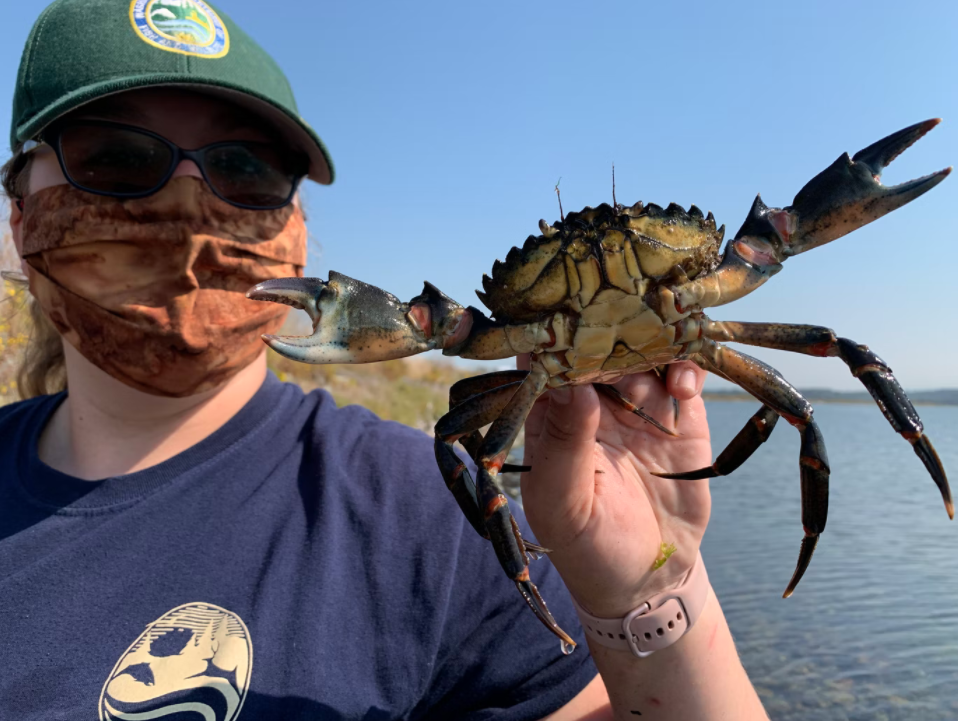By APRIL EHRLICH/Oregon Public Broadcasting
A new administrative rule that went into effect Friday prohibits Oregon recreational harvest of starfish.
Sea stars have struggled for survival along the Pacific Coast since a massive die-off in 2013, when they were hit with “sea star wasting syndrome.” The disease causes sea stars to develop lesions, then their limbs break off, and their bodies fully disintegrate.
Commercial sea star harvesting in Oregon was banned in 2014. With a new administrative rule approved Friday by the Oregon Fish and Wildlife Commission, recreationists are banned from taking home any sea stars as well. They were previously allowed to harvest up to 10 marine invertebrates, including shellfish and sea stars.
Recreational fishers can sometimes catch sea stars accidentally. In a press release, commissioners say intentional or accidental sea star harvesting doesn’t happen often and likely doesn’t significantly threaten their populations. Still, sea stars’ dire struggle for survival “warranted attention and management action,” so regulators voted to prohibit Oregon recreationists from catching any sea stars.

Researchers still don’t fully understand what causes sea star wasting syndrome. It’s been tied to mass die-offs in the past, but never at this magnitude. Some researchers initially suspected the last breakout may have been linked to the 2011 Fukushima nuclear disaster in Japan, but there’s no evidence of that.
At the same Friday meeting, the commission voted to increase the number of invasive European green crabs that people can catch. Green crabs have colonized the Pacific Coast from California up to British Columbia due to warmer temperatures. Green crabs were previously included in the 10-bag limit for catching marine invertebrates, but given their invasiveness, commissioners voted to increase the bag limit specifically for green crabs to 35.
State monitoring data shows that green crab populations have steadily increased in Coos Bay in Southern Oregon over the last 20 years, but more so in the last five. Still, state researchers advised against allowing people to catch an unlimited number of green crabs, since they can be easily confused with native red rock crabs or the struggling Dungeness crabs.



